Mountain Cottontail
- December 22, 2023
- 0 comment
The Mountain Cottontail, scientifically known as Sylvilagus nuttallii, is a fascinating species of rabbit found in various regions of North America. These small mammals are known for their distinct physical features and play an essential role in the ecosystem. Identified by their relatively short ears and fluffy white tails, Mountain Cottontails typically have a brownish-gray fur coat that serves as effective camouflage in their natural habitats. Despite their endearing appearance, conflicts arise when these rabbits encroach upon human settlements, often resulting in debates regarding conservation efforts and pest control.
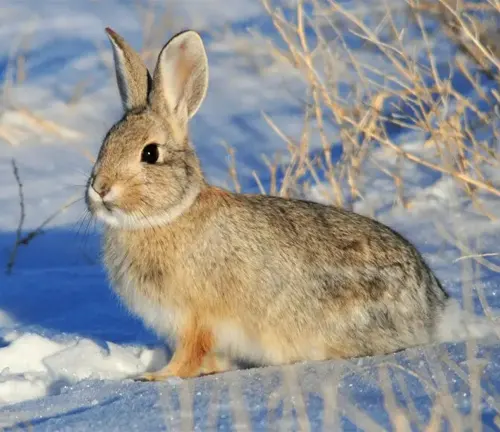
In terms of legal status, the Mountain Cottontail is subject to wildlife protection laws in many areas. Conservationists strive to preserve their habitats and ensure the sustainable coexistence of humans and these native creatures. However, challenges arise as urbanization and agricultural expansion continue, leading to habitat fragmentation and potential endangerment of the species. Striking a balance between conservation efforts and addressing human-wildlife conflicts remains a crucial aspect of managing the legal status of Mountain Cottontails.

Identification of these rabbits involves recognizing their specific physical traits, such as their round bodies, short legs, and the aforementioned distinctive tails. Understanding these features is essential for researchers, wildlife enthusiasts, and conservationists who seek to monitor and protect the species effectively.
The Mountain Cottontail’s species range spans across various terrains, including mountainous regions, grasslands, and shrublands. Their adaptability to different environments has allowed them to thrive in diverse ecosystems, showcasing the resilience of this species. However, the expansion of human activities poses a threat to their habitats, leading to a need for comprehensive conservation strategies.
In terms of health and safety concerns, interactions between Mountain Cottontails and humans may lead to potential issues. While these rabbits are generally harmless, their presence near urban areas can result in conflicts due to foraging habits and habitat destruction. Moreover, the spread of diseases between wildlife and domestic animals raises health concerns for both the Mountain Cottontails and neighboring communities.
| Category | Description |
|---|---|
| Scientific Name | Sylvilagus nuttallii |
| Common Name | Mountain Cottontail |
| Physical Features | Short ears, round body, brownish-gray fur, fluffy white tail |
| Habitat | Mountainous regions, grasslands, shrublands |
| Range | Various regions in North America |
| Legal Status | Protected under wildlife conservation laws |
| Conservation Challenges | Habitat fragmentation, human-wildlife conflicts |
| Health Concerns | Potential spread of diseases between wildlife and domestic animals |
A Peek into Its Life
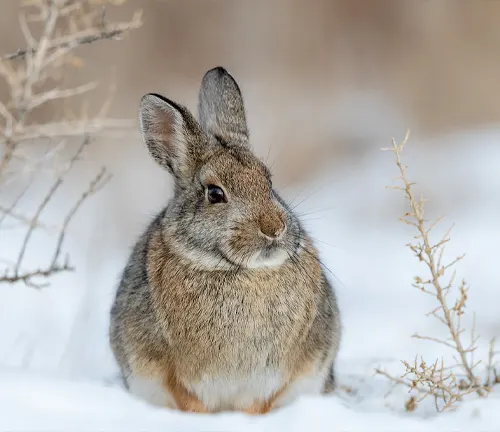
General Biology
The Mountain Cottontail, scientifically known as Sylvilagus nuttallii, is a captivating species that inhabits various regions of North America. Characterized by short ears and a distinctive fluffy white tail, these small mammals boast a brownish-gray fur coat, blending seamlessly with their natural surroundings. Their general biology showcases adaptability to diverse environments, allowing them to thrive in mountainous terrains, grasslands, and shrublands.
Reproduction
The reproduction cycle of Mountain Cottontails is a fascinating aspect of their biology. Female cottontails, known for their exceptional maternal instincts, give birth to multiple litters each year. The reproduction process is influenced by factors such as environmental conditions and resource availability, highlighting the species’ resilience in adapting to varying circumstances.
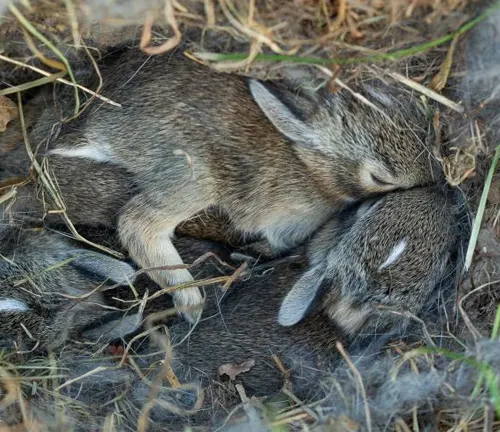
Behavior
Mountain Cottontails exhibit intriguing behavior patterns that contribute to their survival in the wild. These rabbits are primarily crepuscular, meaning they are most active during dawn and dusk. Their behavior includes foraging for food, grooming, and engaging in social interactions with other cottontails. Understanding their behavior is essential for conservation efforts and human-wildlife coexistence.
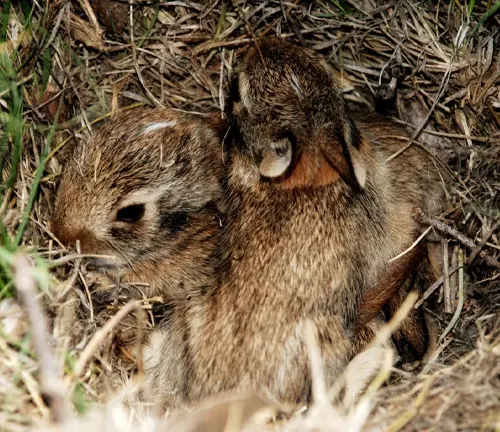
Nesting/Denning Cover
When it comes to nesting and seeking denning cover, Mountain Cottontails display resourcefulness. They often create shallow nests, called forms, in grassy areas or under shrubs. These nests provide protection for both adults and their offspring. The choice of denning cover is a crucial aspect of their survival strategy, offering a safe haven from predators and environmental elements.
Habitat
Mountain Cottontails are highly adaptable to various habitats, showcasing their versatility in thriving across different terrains. From the rocky slopes of mountains to the expansive grasslands, these rabbits have carved out a niche in diverse ecosystems. However, increasing human activities and habitat loss pose challenges to the preservation of their natural living spaces.
Food Habits
The dietary preferences of Mountain Cottontails play a pivotal role in shaping their ecosystems. These herbivores graze on a variety of plants, including grasses, herbs, and shrubs. Their feeding habits contribute to the control of vegetation and the maintenance of ecological balance within their habitats.

Voice, Sounds, Tracks, and Signs
While Mountain Cottontails are not known for vocalizations, they communicate through subtle sounds, body language, and scent markings. Observing their tracks and signs in the wild provides valuable insights into their presence and behavior. Understanding these cues is essential for researchers, conservationists, and wildlife enthusiasts aiming to study and protect this charming rabbit species.
Damage Identification Caused by Mountain Cottontails
Damage to Landscapes
The charm of the Mountain Cottontail can sometimes come at a cost, particularly when it comes to the impact on landscapes. These agile creatures, while contributing to the ecological balance, may cause damage to natural vegetation. Their foraging habits, which include nibbling on various plants and shrubs, can lead to changes in local flora and impact the aesthetics of landscapes. Understanding the extent of landscape damage is crucial for conservationists and land managers seeking to strike a balance between wildlife preservation and landscape maintenance.

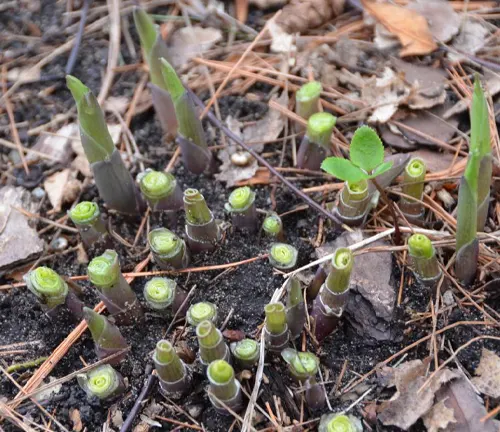
Damage to Crops and Livestock
As agriculture and rural landscapes intersect with the habitats of Mountain Cottontails, conflicts can arise in the form of damage to crops and potential threats to livestock. These herbivores have a penchant for grazing on crops, presenting challenges for farmers. Balancing the need to protect agricultural interests while ensuring the well-being of the cottontails is a delicate task. Examining the patterns and extent of damage to crops and livestock provides insights into developing effective mitigation strategies.
Damage to Structures
While these small mammals may seem harmless, the Mountain Cottontail’s activities can lead to damage to structures in urban and suburban areas. Their burrowing tendencies can undermine the stability of foundations, particularly in areas where human development encroaches upon their natural habitats. Addressing the potential damage to structures requires a nuanced approach, considering both the preservation of the rabbits and the protection of human infrastructure.
Damage Prevention and Control Methods for Mountain Cottontails
Habitat Modification
Effective management of Mountain Cottontail populations often involves habitat modification strategies. By altering the landscape to make it less favorable for cottontails, such as reducing dense vegetation or creating barriers, one can minimize their impact on specific areas. Understanding the nuances of habitat modification is key to finding a balance that preserves the natural environment while addressing potential conflicts with human activities.
Exclusion
Exclusion methods play a pivotal role in preventing Mountain Cottontail damage in specific locations. Fencing and barriers can be strategically employed to keep rabbits away from crops, gardens, or sensitive areas. Precision in design and installation is crucial to ensure that exclusion measures effectively deter cottontails without causing harm to them or compromising the integrity of the environment.
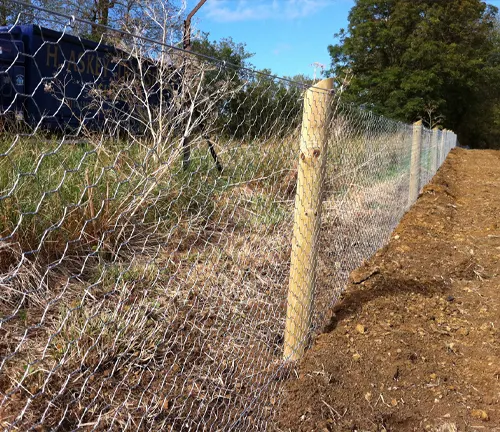
Frightening Devices

Incorporating frightening devices is a humane approach to deter Mountain Cottontails from targeted areas. These devices, ranging from motion-activated lights to sound-emitting devices, aim to startle and discourage the rabbits. Properly implemented, frightening devices can be an effective means of damage prevention, promoting a coexistence where the natural behaviors of cottontails are redirected away from problematic zones.
Repellents
The use of repellents provides an alternative strategy to dissuade Mountain Cottontails from damaging crops or landscapes. Scent-based repellents or taste aversions can be applied to plants or surfaces, creating an environment that the rabbits find undesirable. Choosing environmentally friendly repellents ensures that the impact on non-target species and the ecosystem is minimal.
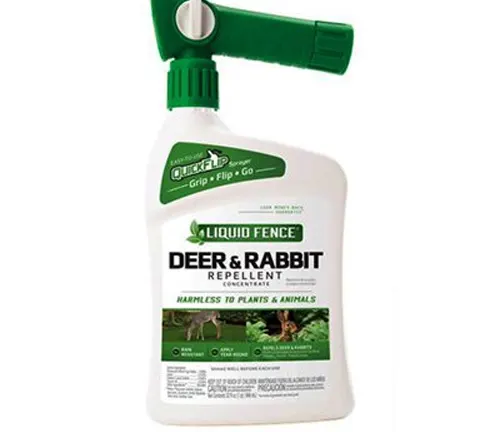
Toxicants
While considered a last resort and subject to strict regulations, the use of toxicants is an option for controlling Mountain Cottontail populations. This method requires careful consideration due to ethical and environmental concerns. Responsible application and adherence to guidelines are imperative to prevent unintended consequences and ensure the safety of both the rabbits and the ecosystem.

Shooting
In some situations, shooting may be employed as a method of population control for Mountain Cottontails. This method requires precision and adherence to hunting regulations to minimize unnecessary harm and maintain ethical standards. Proper training and consideration for safety are essential when employing shooting as a control measure.
Trapping
Trapping is a targeted and humane method for managing Mountain Cottontail populations. Live traps allow for the capture and relocation of rabbits, offering a non-lethal approach to control. Trapping methods should be carefully selected to avoid harm to non-target species, and proper handling ensures the welfare of the captured cottontails.
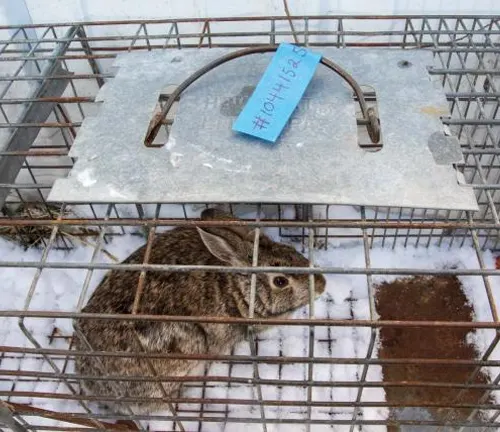
Different Species
Nuttall’s Cottontail
(Sylvilagus nuttallii nuttallii)
This is the nominate subspecies found in the western United States, particularly in mountainous regions.

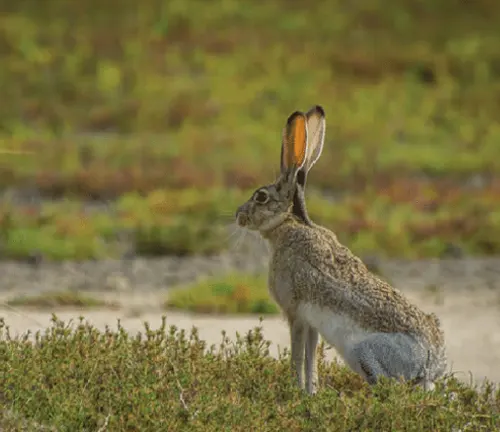
White-sided Jackrabbit
(Lepus callotis)
While not a cottontail, the White-sided Jackrabbit is a hare species found in western North America, including regions where Mountain Cottontails are present. It has distinctive white sides and is adapted to arid environments.
Davis Mountains Cottontail
(Sylvilagus robustus)
Endemic to the Davis Mountains in Texas, this cottontail species has adaptations to the unique ecological conditions of its specific habitat.
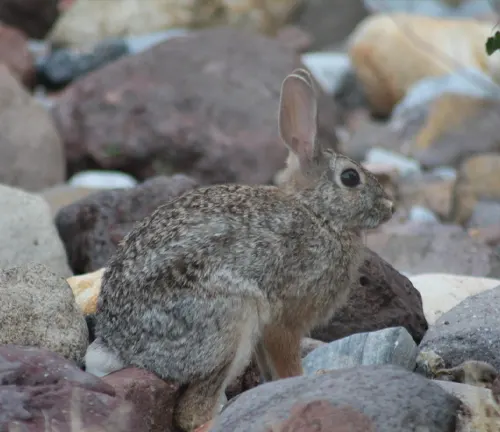
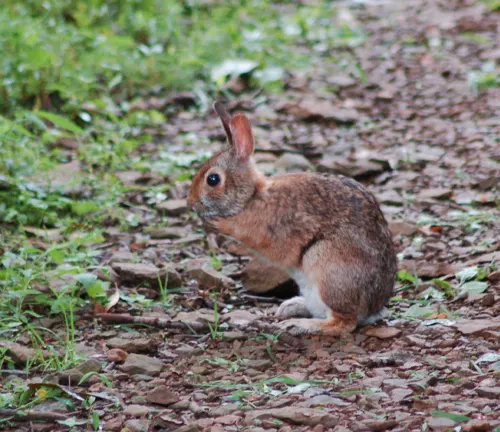
Appalachian Cottontail
(Sylvilagus obscurus)
Found in the Appalachian region of the eastern United States, this species is adapted to the forests and mountainous terrains of its range.
Mexican Cottontail
(Sylvilagus cunicularius)
Inhabiting parts of Mexico and the southwestern United States, the Mexican Cottontail is another species closely related to the Mountain Cottontail.
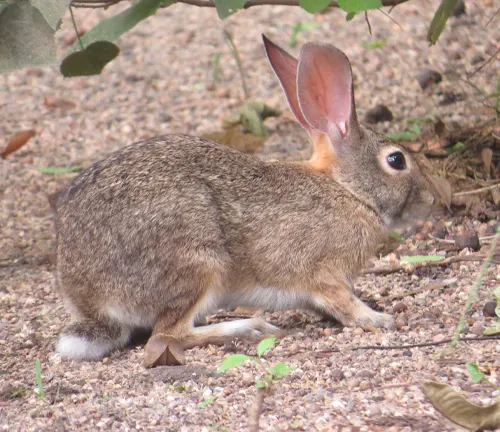
Frequently Asked Questions (FAQs)
1. What is a Mountain Cottontail?
A Mountain Cottontail (Sylvilagus nuttallii) is a species of rabbit native to North America, known for its distinctive physical features, including short ears and a fluffy white tail.
2. Where are Mountain Cottontails found?
Mountain Cottontails inhabit various regions of North America, including mountainous terrains, grasslands, and shrublands.
3. What do Mountain Cottontails eat?
Mountain Cottontails are herbivores, feeding on a diet that includes grasses, herbs, shrubs, and other plant materials.
4. How do you identify a Mountain Cottontail?
Mountain Cottontails are identified by their short ears, brownish-gray fur, and distinctive fluffy white tail. They have a round body and are adapted for life in diverse environments.
5. Are Mountain Cottontails harmful to crops?
While Mountain Cottontails primarily feed on vegetation, their foraging habits can sometimes lead to damage to crops, making them a concern for farmers and gardeners.
6. How do you prevent damage caused by Mountain Cottontails?
Damage prevention methods include habitat modification, exclusion through fencing, frightening devices, repellents, and, in extreme cases, controlled measures like shooting or trapping.
7. Do Mountain Cottontails pose health risks to humans?
Generally, Mountain Cottontails do not pose direct health risks to humans. However, their presence in urban areas may lead to conflicts, and there is a potential for the spread of diseases between wildlife and domestic animals.
8. What is the conservation status of Mountain Cottontails?
Conservation efforts are in place to protect Mountain Cottontails, as they face challenges from habitat loss and human-wildlife conflicts. Specific subspecies or populations may have varying conservation statuses.
9. Can Mountain Cottontails be kept as pets?
In many places, it is not recommended to keep Mountain Cottontails as pets due to their specific dietary and habitat needs. Wildlife rehabilitation experts should handle the care of injured or orphaned individuals.
10. How do Mountain Cottontails contribute to the ecosystem?
Mountain Cottontails play a role in the ecosystem by controlling vegetation through their herbivorous feeding habits. They are also prey for various predators, contributing to the balance of local wildlife populations.


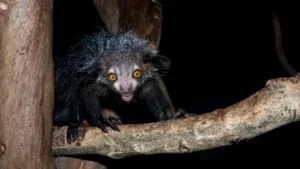
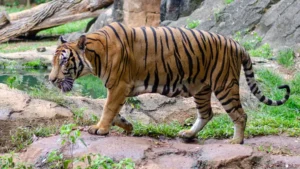
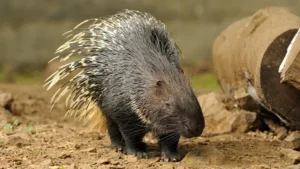

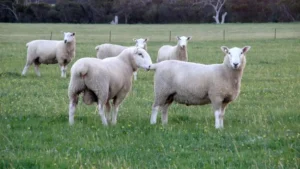

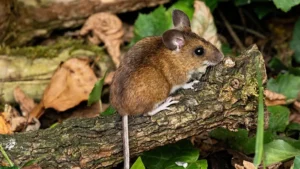

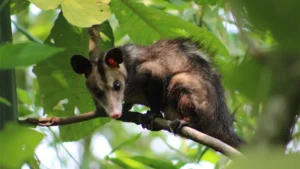
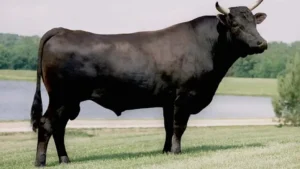
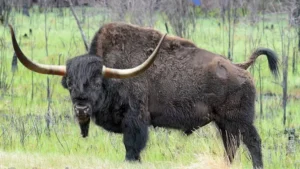

Leave your comment